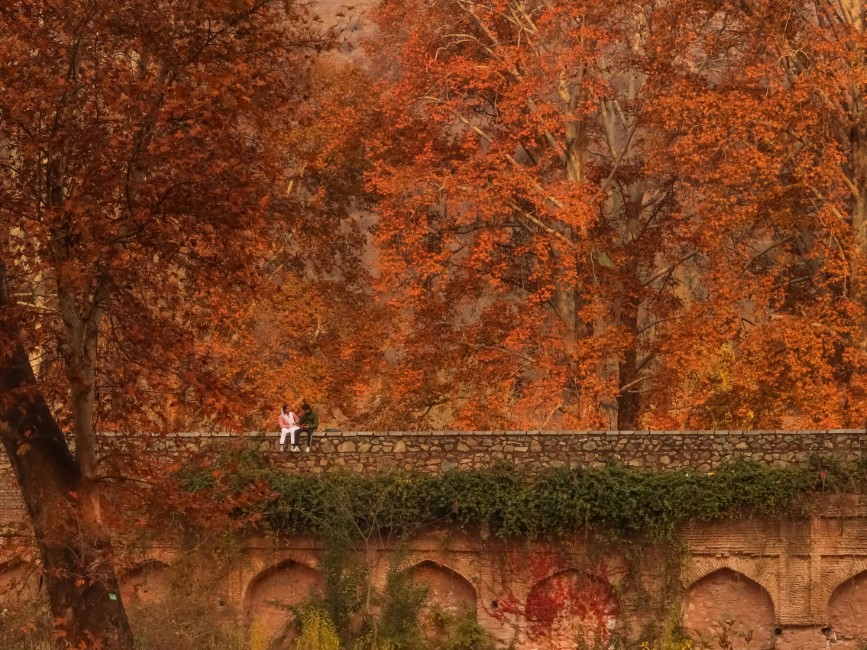Kashmir, often called "Paradise on Earth," is a breathtaking blend of snow-capped mountains, alpine lakes, saffron fields, and Mughal gardens. With four stunning seasons, each offering a different charm, the best time to visit depends on what kind of experience you’re seeking — whether it's snowfall, flowers, or houseboat serenity. Here’s your season-wise guide.
Spring (March to May) — Best Overall Time to Visit
Why go:
Spring transforms Kashmir into a blooming valley of tulips, cherry blossoms, and almond trees. The weather is pleasant (12°C–25°C), ideal for sightseeing in Srinagar, boating in Dal Lake, and exploring gardens like Shalimar and Nishat Bagh.
Crowds & Costs:
Tourism begins to rise, but it’s still manageable. Accommodation is widely available, and flights are more affordable than peak summer.
Summer (June to August) — Best for Hill Escapes & Family Trips
Why go:
With temperatures between 15°C and 30°C, this is the perfect time to escape the Indian plains' heat. Ideal for family holidays, pony rides in Gulmarg, trekking in Sonamarg, and staying in houseboats on Nigeen Lake.
Crowds & Costs:
Peak tourist season, especially during school vacations. Expect high demand and elevated hotel prices — book well in advance.
Autumn (September to November) — Best for Photography & Saffron Fields
Why go:
Autumn brings golden hues to the valley. Chinar trees turn crimson, apple and saffron harvests are in full swing, and the air is crisp. Great for photographers and couples seeking a peaceful, romantic vibe.
Crowds & Costs:
Fewer tourists than summer, and hotel rates begin to drop. A great time for relaxed exploration and budget-friendly travel.
Winter (December to February) — Best for Snowfall & Adventure
Why go:
Winter turns Kashmir into a snowy wonderland. It’s perfect for snow lovers, honeymooners, and skiing in Gulmarg, which becomes one of the top ski destinations in Asia. Srinagar also gets occasional snowfall, adding magic to the cityscape.
Watch out for:
Extreme cold in January, and occasional road closures due to snow. Carry thermal wear and check weather forecasts if traveling by road.
Key Events to Plan Around
-
Tulip Festival – April; Asia’s largest tulip garden opens for a brief, colorful season in Srinagar.
-
Navroz & Eid Celebrations – Spring and late summer; experience vibrant local customs and feasts.
-
Autumn Leaf Season – October; stroll under fiery Chinar trees in Srinagar’s Mughal gardens.
-
Snow Carnival, Gulmarg – January; features skiing, snowboarding, and winter festivities.
Final Verdict
| Travel Style | Best Time to Visit |
| Flowers & Gardens | March – May |
| Family Holidays | June – August |
| Photography & Culture | September – November |
| Snow & Adventure | December – February |
For lush valleys and cool air, spring and summer are the most popular. If you're chasing colors or snow, autumn and winter deliver unforgettable beauty with fewer crowds.
Let us plan your Kashmir experience — serene, scenic, and perfectly timed to your travel dreams.
Feature Image:- Photo by Saqlain Ashraf Clicks

